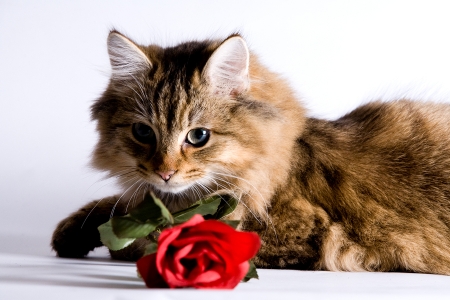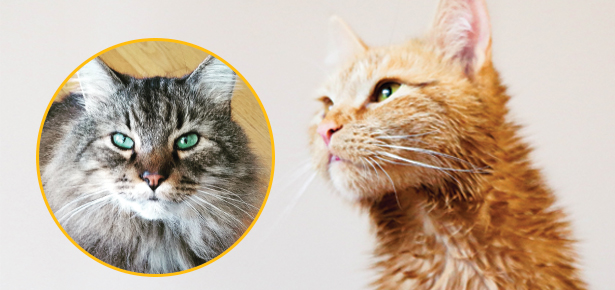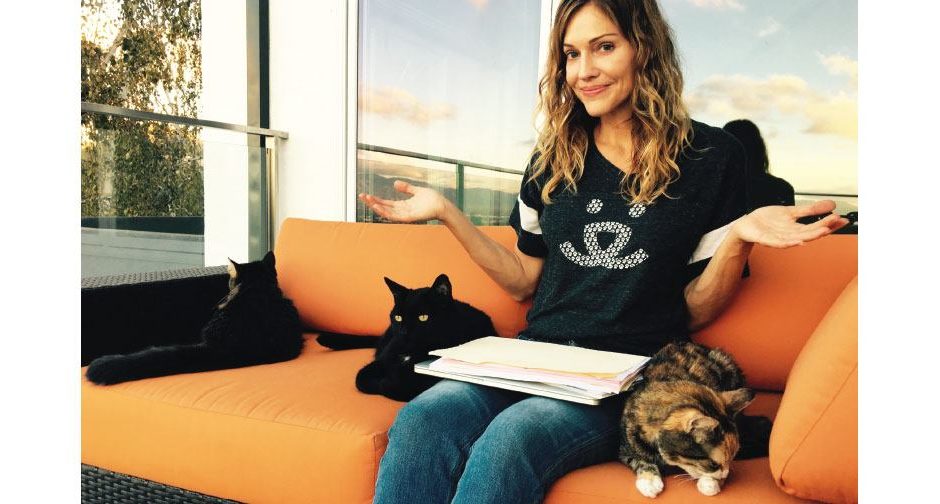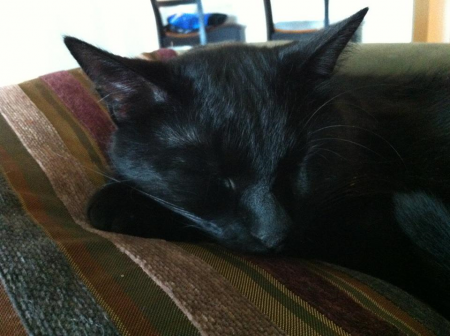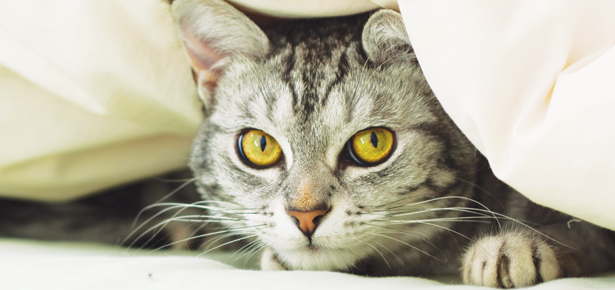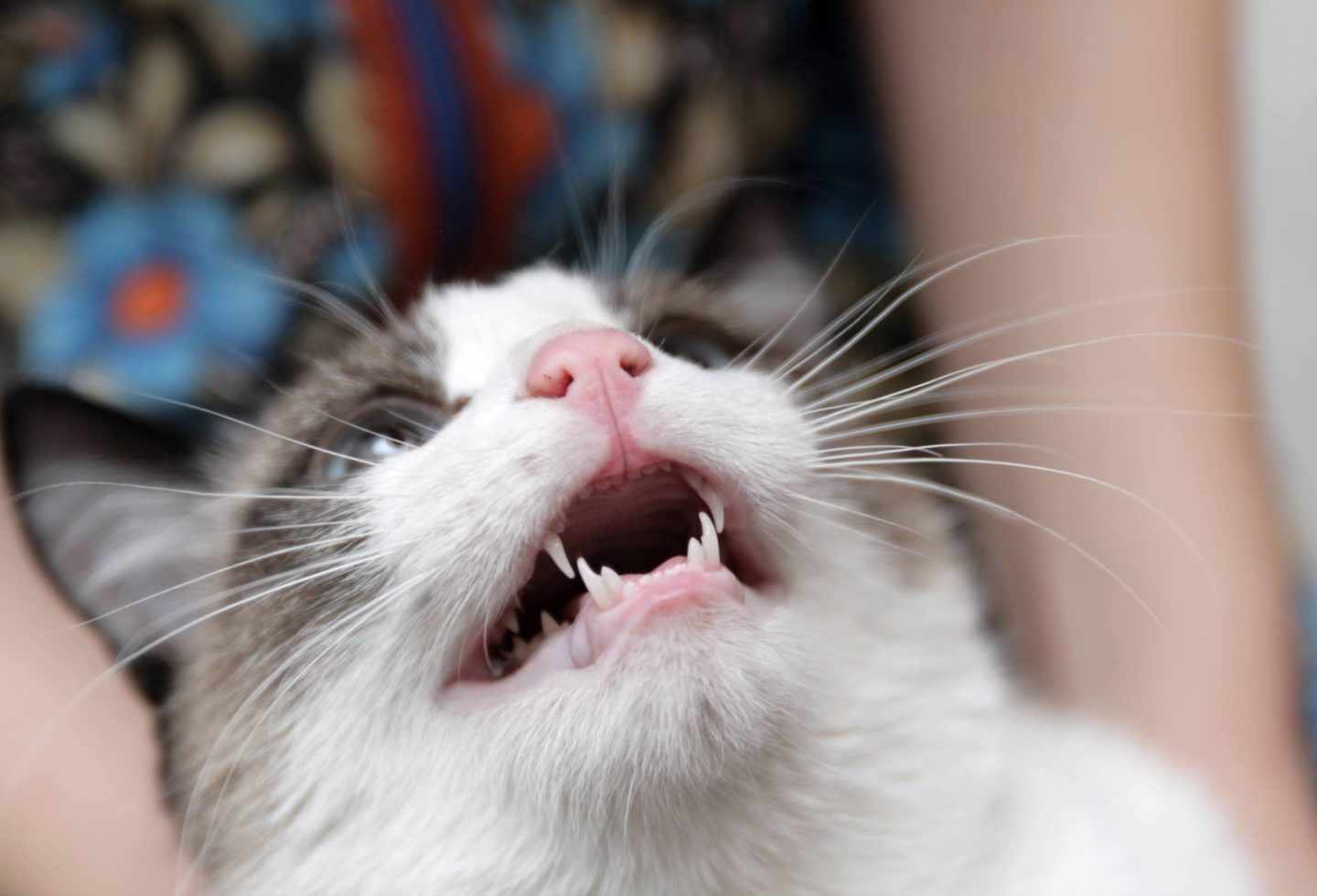

5 Reasons Why You Should NOT Toilet Train Your Cat
Please do your cat and yourself a favour: close the toilet lid for good
I recently received an email from a very kind lady who was seeking help for her cats. Without going into details, her cats had been successfully using the toilet for the past couple of years, but had recently started pooping on the floor in another part of the home. The woman wanted help with getting her cat to return to pooping in the toilet. Here’s what I (gently) advised her to do:
Step 1: Buy a litterbox and litter
Step 2: Let your cat use the litterbox
Step 3: Scoop the litterbox daily
Things that make me frown: when I’m asked to toilet train your cat
I get it – cleaning out the litterbox is not the most fun part about living with one or more cats. But consider this: toilets were made for humans. Humans sit on toilets, do their business, and flush the toilet to get rid of our waste. Toilets were not designed for cats, and in fact, I can’t really think of a more unnatural potty experience for a cat than training it to sit on a toilet to urinate or defecate. Why do we want our cats to do this? If you have a dog, you walk your dog, you clean up after your dog…why is that any less gross or inconvenient than cleaning a litterbox? Yet, we would never consider training dogs to use the toilet, right? It just sounds ridiculous!
So let’s break this down. Why am I so vehemently opposed to toilet training your cat?
It’s not natural cat behavior
Cats have evolved very specific behaviors for specific purposes, including how they eliminate their waste products. Cats use both urine and feces to mark their territory and communicate with other cats. Smelling the urine and feces of other cats can tell them who the other cats in the area are, and whether they are friend or foe. To a certain extent, this happens even in the litterbox. You might think that you are helping your cat by flushing your cat’s stinkies down the toilet, but cats need to smell themselves in their territory – it’s what they do. Additionally, the feline instinct generally drives cats to scratch substrates and bury their waste products. In the wild, they may do this to hide their presence from other predators or prey. It comes down to an instinct which is very much ingrained in survival – and not allowing cats to perform actions that secure their “perceived sense of survival” can cause stress and result in behavior problems…which, you guessed it, includes inappropriate elimination.
You may miss indicators of changes in your cat’s health
Urinary tract infections can be common (and even life-threatening) in cats. By scooping litterboxes, you can tell if your cats are urinating more or less frequently, or if the volume of each “event” is changing. At the first sign of urinary changes, you’ll want to get your cat to the veterinarian to check for a urinary tract infection or other problem (which can manifest in similar ways). However, if your cat is using the toilet, you will not be able to get this important information about your cat’s health and may miss out on the first clues that something is going on with your kitty. Similarly, changes in fecal texture and consistency can also give you important clues about your cat’s health. You may be able to SEE poops in the toilet, but if they’re in water, what can you really be sure about?
Physical stress
Think about this: the toilet seat is generally slippery plastic that has a slight funnel shape to it to allow any splashes on the seat to flow towards the bowl instead of the outside edge of the toilet seat. It also has a huge hole in the middle of it! If you are a cat, you will need to first JUMP up onto the toilet seat, being very careful not to slip and wind up in the toilet bowl water (which may have already been used, depending on whether or not your cat flushes, which most cats don’t do). Then, you have to keep your balance while standing with all four of your feet in a row while you precariously perch your butt over the hole. Then, you have to hold that position while you pee or poop (and it’s even worse if you have constipation or diarrhea). Yikes! In a litterbox, the cat gets to have a firm footing on substrate that she won’t slip on, and she gets to place her tootsies wherever she needs to in order to maintain a stable and comfortable position for doing her business. Another thing to think about here is your cat’s age. As kitties grow older, they often develop joint pain in their hips, legs, and back. Do you think that this might have an effect on successfully going through the above procedure to safely and securely urinate or defecate? It sure does! Which leads me to my next point:
It only takes ONE time to spook your cat off of the toilet forever
Let’s say your cat needs to use the toilet and either executes a poor jump or slips during the process and ends up in the toilet bowl, soaking wet, and covered with you-know-what. It really does only take one bad experience for a cat to say to herself something like this: “I’m over this shiznit…I’m finding somewhere else to go!” And then you’ve got a real problem, because…
Your cat WILL find a better place to eliminate, and you won’t like it
Whether your cat has had a bad experience with the toilet, or if she’s getting physically uncomfortable using the toilet, or if it’s just causing her enough stress to start looking for alternative places to go, your cat WILL eventually stray from using the toilet. You can count on that. At some point your cat will say enough is enough! And by this time, most cat guardians have long since said to themselves “hooray! My cat uses the toilet – goodbye forever, foul litterboxes!” Well, not so fast, cat guardians! This is a problem because your kitty will find some place to meet her own needs, which could be a pile of clean laundry, the corner of your living room carpet, or your bed. And you might not realize this is happening for a while, or until it becomes completely obvious that your cat’s behavior has changed. And this can spell trouble because simply putting out a litterbox might not be enough to correct the problem, because at this point, your cat may have:
- Developed a habit of eliminating in a particular spot
- Developed a substrate preference (which she might like better than litter)
- Ruined carpet, flooring, and even drywall
And these things can be very difficult and expensive to correct (trust me, it’s what the majority of my behavior consultations are all about). Then what do you have? A stressed-out kitty and unhappy humans. All because you decided it would be a convenient and easy way to go: you decided to toilet train your cat.
Please do your cat and yourself a favor: close the toilet lid for good and reacquaint your kitty with a couple of litterboxes placed in suitable locations. No one LIKES cleaning litterboxes (and if you do it regularly, it’s really not that bad!), but having a stress-free kitty who knows how to use them is so much better than the alternative, wouldn’t you agree?
This article originally appeared on FelineBehaviorSolutions.com
Join the newsletter and never miss out on cat content again!
"*" indicates required fields
By clicking the arrow, you agree to our web Terms of Use and Privacy & Cookie Policy. Easy unsubscribe links are provided in every email.





